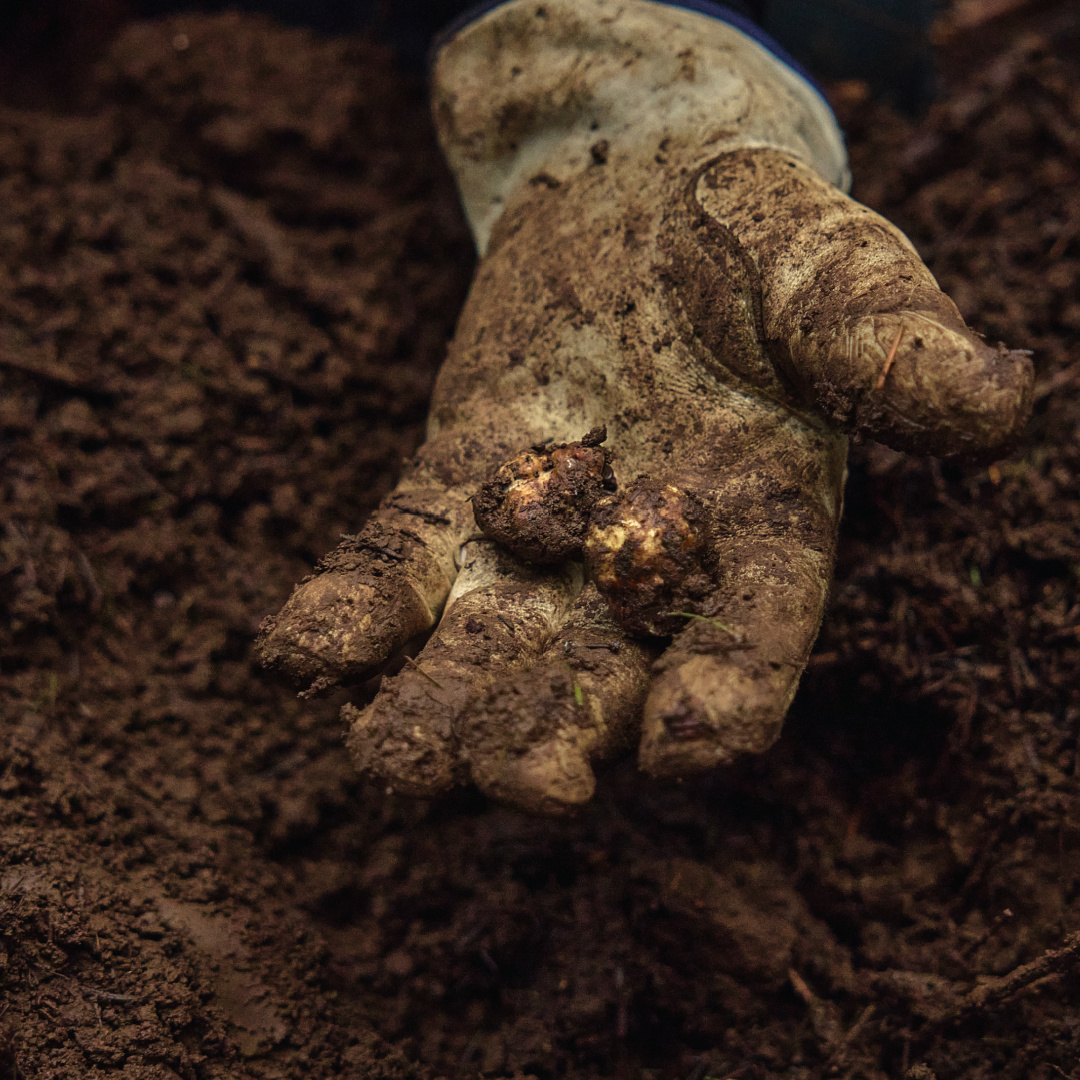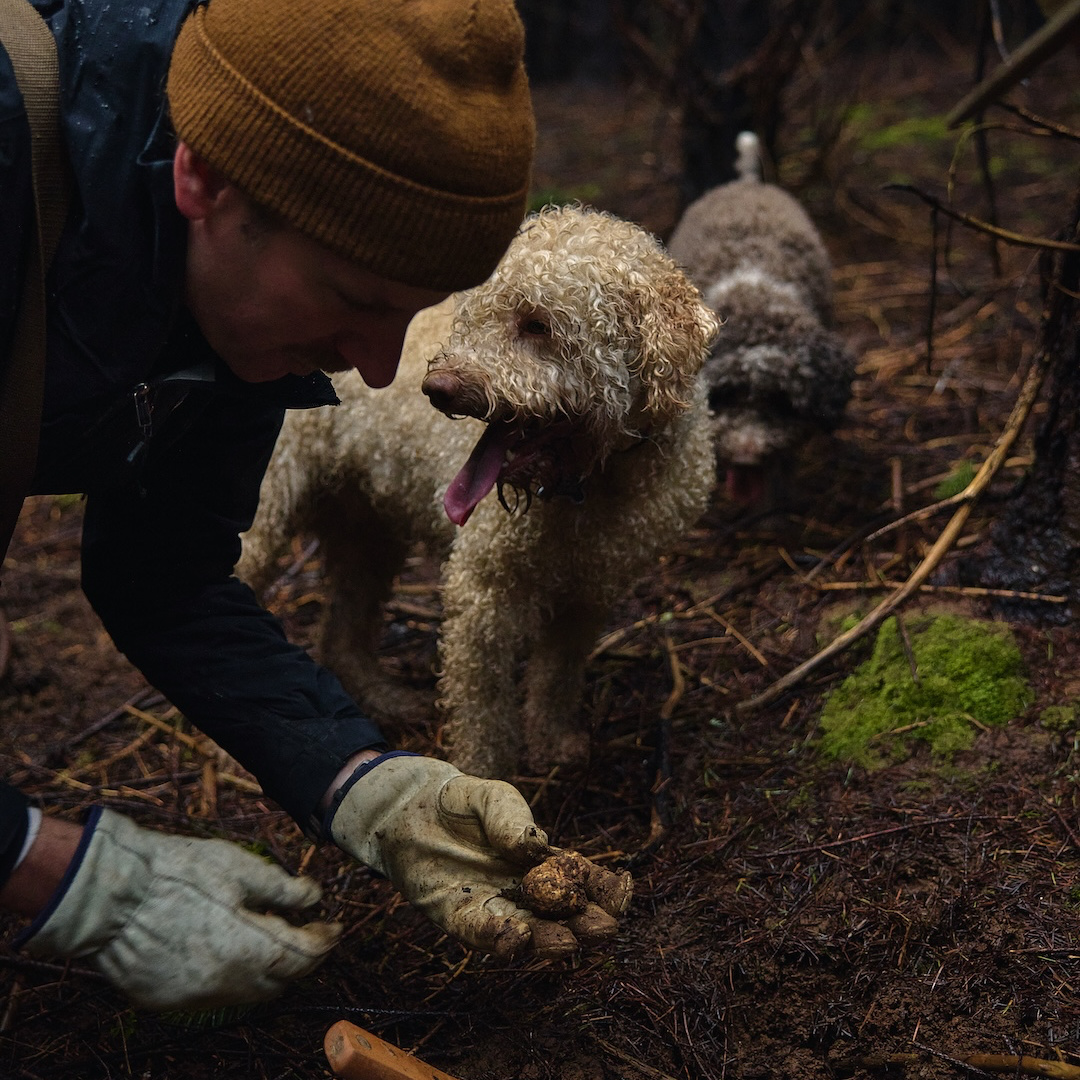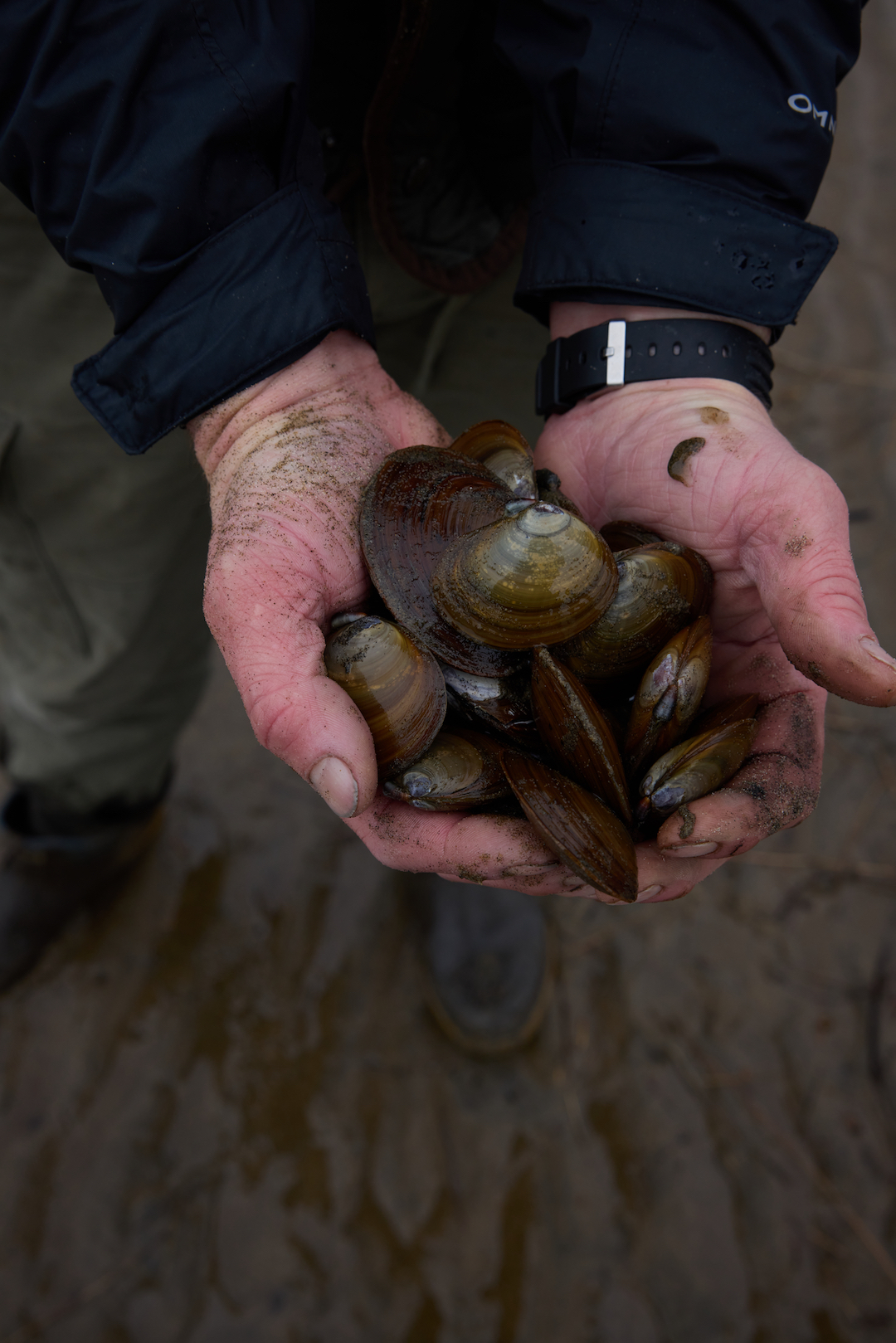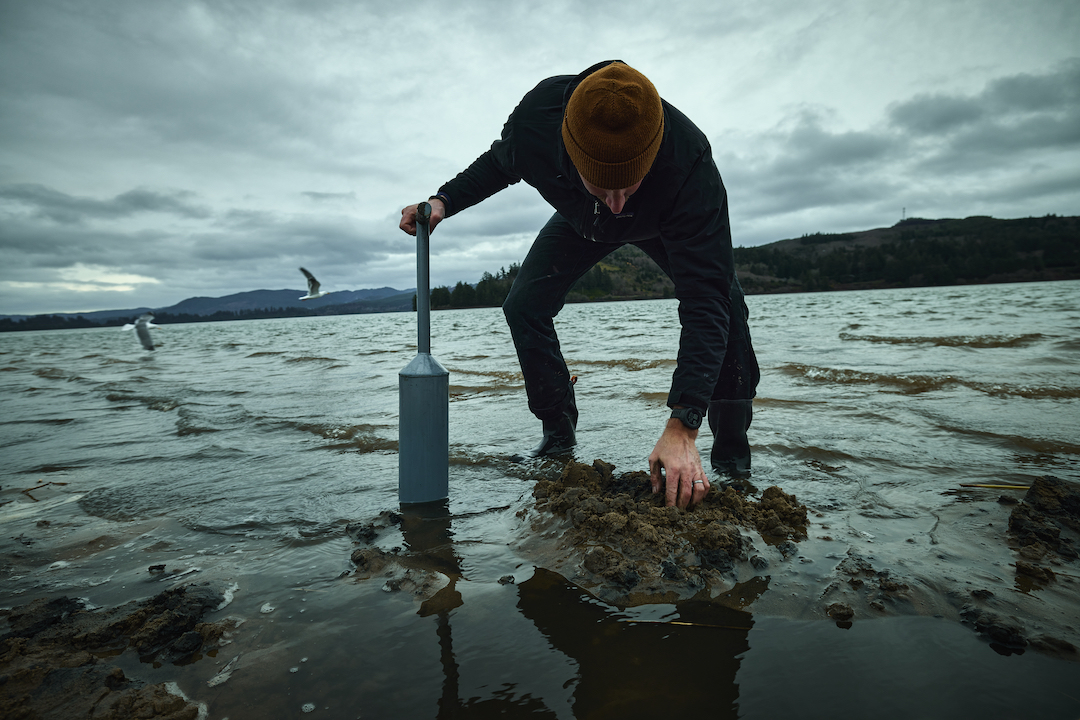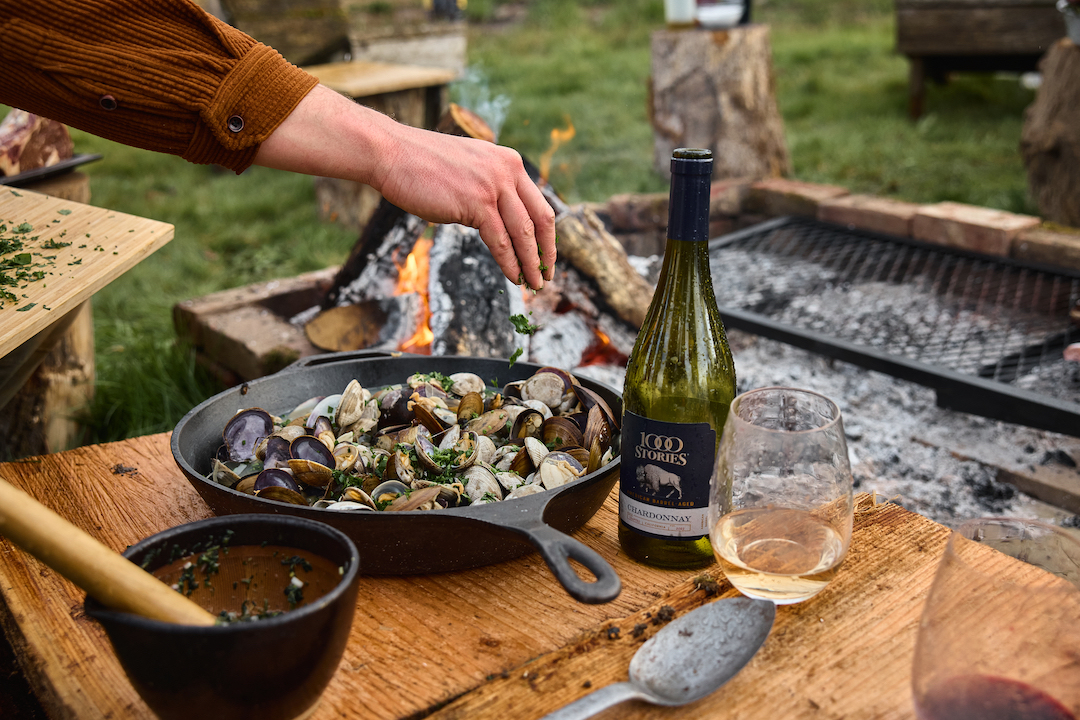Ah, truffles. The little underground ‘shroom that can make even the most discerning foodie swoon. With truffles, a little goes a long way. They are flavorful, decadent, often expensive and have about 1,000,000 culinary uses.
In the U.S. truffles can be hard to come by in the wild, but there are several regions to focus your search. The forests of the Pacific Northwest are fairly prolific for truffles, from Northern California up to Washington state. In the PNW, you can find truffle hunting events where guides can take you with trained dogs to hunt. However, truffles can also be found in Virginia, North Carolina and Idaho. Generally, the success of the truffle season is dependent on winter rains from the preceding year, as these spores need wet conditions to thrive.
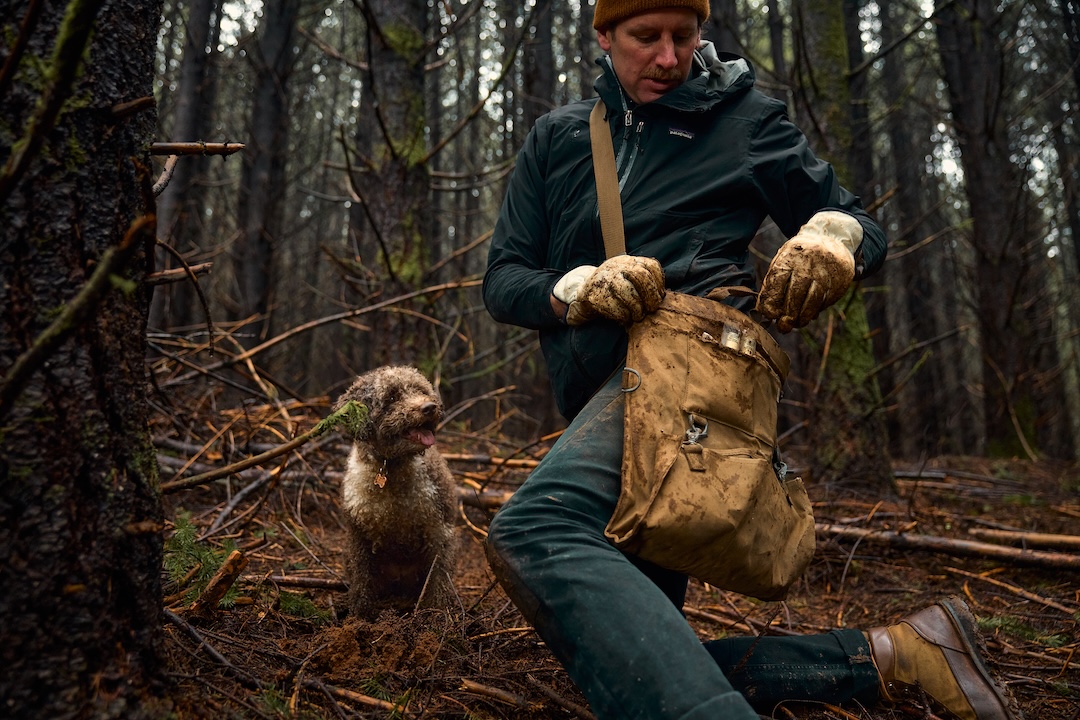
Of course, there are different types of truffles, and some of the most popular are just popping up in the wild now. White truffles are available from September to December, with peak season in November. Winter black truffles can be found from December to early March, with peak season around New Year. Autumn black truffles are out there from October to December.
If you find yourself in a region where you may be able to hunt for truffles, here are a few tips:
- Truffles grow below trees. Look for them below Douglas-firs, oaks, hazelnut, hickory, birch, beech or eucalyptus trees
- Look for holes and pits dug by squirrels and chipmunks. These animals spread truffle spores, so holes dug by these animals can be clues left behind
- Bring a dog (preferably one trained in truffle hunting). Dogs can smell truffles and their digging also spreads spores, leading to more truffles!
- Consider the climate. Truffles grow best in areas with hot summers, warm springs and cold winters
If you are miles away from wild truffles, it’s worth hunting (see what we did there?) for a restaurant that serves them. There is nothing like a truffle pasta paired with a delicious red wine in the cold months.
